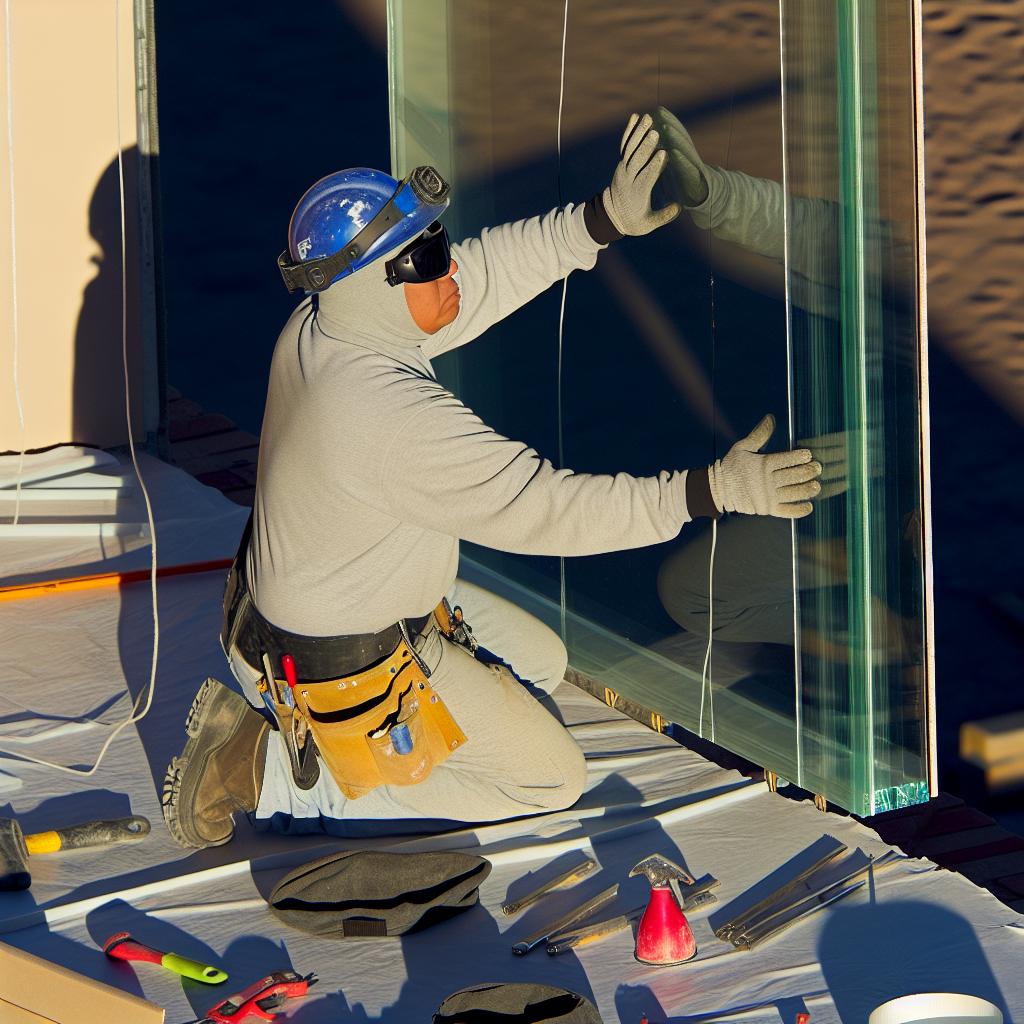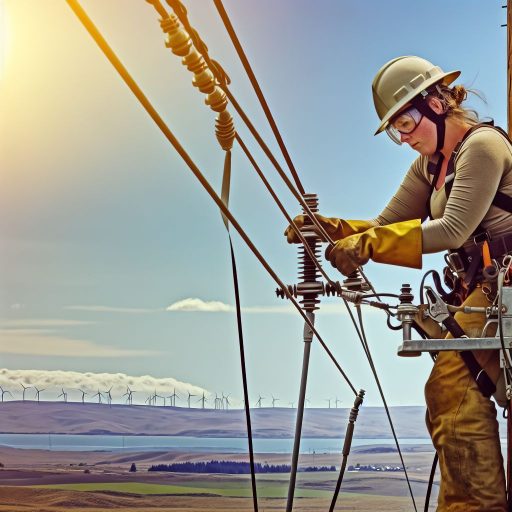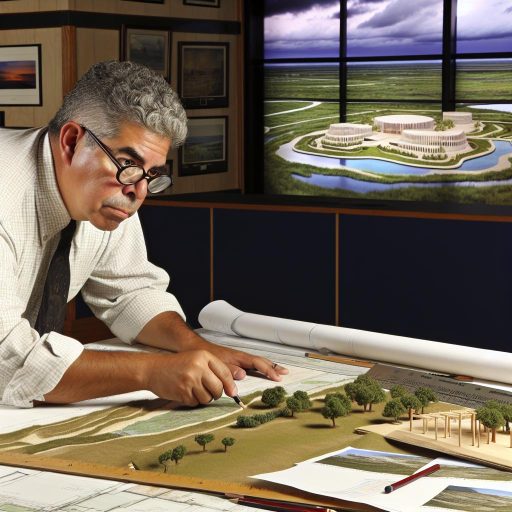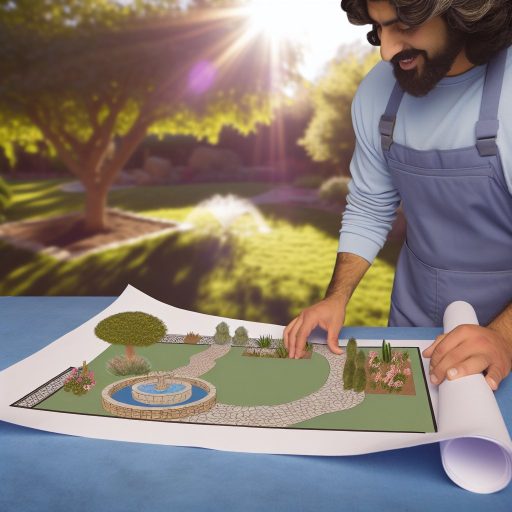Introduction:
Innovations in glass installation and glazing techniques play a crucial role in the construction industry.
These advancements are transforming the way buildings are designed and constructed, leading to more efficient and aesthetically pleasing structures.
With the constant evolution of technology, new methods and materials are being introduced to improve the installation and performance of glass in buildings.
These innovations not only enhance the visual appeal of a structure but also contribute to energy efficiency and sustainability.
Evolution of Glass Types:
Over the years, the glass industry has made significant advancements in the development of new types of glass that offer improved functionality and performance.
Two innovative types of glass that have gained popularity in recent years are low-emissivity (Low-E) glass and self-cleaning glass.
Low-E Glass:
- Low-E glass is coated with a thin, transparent layer of metal oxide that reflects heat back to its source.
- This helps to keep indoor spaces cooler in the summer and warmer in the winter, reducing the need for heating and cooling.
- By improving the insulation properties of windows, Low-E glass can significantly contribute to energy efficiency in buildings.
- It also helps in blocking harmful UV rays, thereby protecting furniture and fabrics from fading.
Self-Cleaning Glass:
- Self-cleaning glass is coated with a hydrophobic coating that helps water sheet off, carrying dirt and debris away.
- This results in windows that stay cleaner for longer periods, reducing the need for frequent cleaning and maintenance.
- The hydrophobic coating also helps in preventing water spots and streaks, maintaining the clarity of the glass.
- Self-cleaning glass is particularly beneficial for hard-to-reach windows in high-rise buildings or areas with harsh weather conditions.
Game-Changers in Energy Efficiency and Maintenance:
These innovative glass types are changing the game in the construction and building industry by offering enhanced energy efficiency and reduced maintenance requirements.
- Energy Efficiency: Both Low-E glass and self-cleaning glass contribute to improved energy efficiency in buildings.
- Reduced Heating and Cooling Costs: Low-E glass helps in reducing the dependency on heating and cooling systems, leading to lower energy bills.
- Long-Term Cost Savings: By requiring less frequent cleaning, self-cleaning glass reduces maintenance costs over time.
The evolution of glass types such as Low-E glass and self-cleaning glass has revolutionized the way we think about windows and glass installations. These advancements not only offer practical benefits in terms of energy efficiency and maintenance but also contribute to creating more sustainable and environmentally friendly buildings.
Structural Glazing Systems
Structural glazing systems have transformed the way glass is used in building facades.
These innovative systems allow for the installation of larger glass panels, offering a seamless and modern look to buildings.
One of the primary advantages of structural glazing systems is their ability to create expansive glass surfaces without the need for visible frames or support structures.
This results in a clean and uninterrupted visual appearance, enhancing the overall aesthetics of the building.
Moreover, by eliminating the need for traditional framing materials, such as metal or wood, structural glazing systems contribute to more sustainable building practices.
The reduction in material usage not only minimizes the environmental impact but also helps improve the energy efficiency of the structure.
The use of structural glazing systems has also allowed architects and designers to unleash their creativity by incorporating glass in innovative ways.
From curved glass panels to custom-shaped designs, these systems offer endless possibilities for creating unique and visually striking building facades.
In addition to their aesthetic appeal, structural glazing systems enhance the functionality of buildings by maximizing natural light penetration.
The large glass panels allow ample daylight to enter the interior spaces, reducing the need for artificial lighting and creating a more comfortable and inviting environment for occupants.
Furthermore, the seamless integration of glass in building facades through structural glazing systems helps improve the overall durability and weather resistance of structures.
The advanced sealing techniques used in these systems ensure a watertight and air-tight seal, preventing water leakage and enhancing the building’s longevity.
Transform Your Career Today
Unlock a personalized career strategy that drives real results. Get tailored advice and a roadmap designed just for you.
Start NowOverall, structural glazing systems have become a key component in modern architectural design, offering a versatile and sustainable solution for creating visually striking and efficient buildings.
By pushing the boundaries of glass installation and glazing techniques, these systems continue to redefine the way buildings are designed and constructed.
Gain More Insights: Modern vs. Traditional Lumberjack Tools
Smart Glass Technology:
Smart glass technology has revolutionized the way we think about glass installations and glazing techniques.
This innovative technology allows glass to switch between clear and opaque states, offering a range of benefits for both residential and commercial applications.
Benefits of Smart Glass:
- Privacy Control: Smart glass gives users the ability to control the transparency of the glass, offering privacy on demand.
- Energy Savings: By adjusting the opacity of the glass, smart glass can help reduce energy consumption by minimizing the need for heating and cooling.
- Enhanced Aesthetics: Smart glass adds a modern and sophisticated touch to any space, enhancing the overall aesthetic appeal.
- UV Protection: Smart glass can also block harmful UV rays while still allowing natural light to enter, protecting interior furnishings and artwork.
The ability to control the transparency of glass at the touch of a button has endless possibilities for various industries.
In offices, smart glass can be used for conference room dividers that switch from transparent to opaque for meetings.
In residential settings, smart glass windows can offer privacy without the need for curtains or blinds.
Furthermore, the energy-saving properties of smart glass make it an environmentally friendly choice for sustainable building design.
By reducing the need for artificial lighting and air conditioning, smart glass can contribute to lower energy costs and overall carbon footprint.
Smart glass technology is paving the way for a more efficient, versatile, and aesthetically pleasing glass installation and glazing techniques.
As this technology continues to evolve, we can expect to see even more innovative applications that enhance our daily lives.
See Related Content: Navigating Lumberjack Job Listings Online
Innovations in Glass Installation and Glazing Techniques
Sustainable Glazing Innovations:
- Advancements in sustainable glazing materials like solar control coatings.
- Introduction of triple glazing for enhanced energy efficiency.
These innovations play a significant role in promoting green building practices and reducing carbon footprints in the construction industry.
Let’s delve deeper into how these advancements are revolutionizing the way we approach glass installation and glazing techniques:
Solar Control Coatings:
Solar control coatings are a game-changer when it comes to sustainable glazing.
These coatings are designed to limit the amount of solar heat gain that enters a building through the glass.
By reducing the heat coming in, the need for excessive air conditioning is minimized, leading to lower energy consumption and cost savings.
Showcase Your Business Today
Reach thousands of readers actively exploring professional services. Publish your business profile and grow your audience now.
Publish NowFurthermore, solar control coatings can help regulate indoor temperatures, providing a more comfortable environment for building occupants.
This technology not only enhances energy efficiency but also improves the overall comfort level inside the building.
Triple Glazing:
Triple glazing involves the use of three panes of glass separated by argon or krypton gas-filled spaces.
This design significantly reduces heat loss and noise transmission compared to traditional double-glazed windows.
Triple glazing is a top choice for buildings in colder climates as it provides better insulation and thermal efficiency.
Additionally, triple glazing can enhance security due to its robust construction.
The extra layer of glass adds strength to the windows, making it harder for intruders to break in.
This feature not only improves safety but also offers peace of mind to building occupants.
Contributions to Green Building Practices:
- Sustainable glazing materials and techniques promote energy efficiency.
- Reduced energy consumption leads to lower carbon emissions.
- Enhanced indoor comfort creates healthier living and working environments.
- Improved thermal insulation reduces the need for excessive heating and cooling.
By incorporating these sustainable glazing innovations into building design, architects and developers can achieve higher levels of certification in green building standards like LEED (Leadership in Energy and Environmental Design).
These certifications recognize the efforts made to create environmentally friendly structures that prioritize energy efficiency and sustainability.
Sustainable glazing innovations are reshaping the construction industry by offering more eco-friendly solutions that help mitigate the impact of buildings on the environment.
As technology continues to advance, we can expect even more groundbreaking discoveries in glass installation and glazing techniques that will further enhance sustainability in the built environment.
Find Out More: Boilermaker Field Service vs. Shop Work

Installation Techniques:
Analyze the latest installation techniques, such as frameless glazing and hybrid installation methods.
Show how these techniques are improving efficiency and precision in glass installation projects.
Installing glass in buildings has come a long way with the introduction of innovative techniques that have revolutionized the industry.
Frameless glazing and hybrid installation methods are at the forefront of advancements in glass installation, offering greater efficiency and precision in projects.
Frameless Glazing:
- Frameless glazing involves installing glass panels without any visible frames or structural supports.
- This technique relies on high-strength adhesives and sealants to hold the glass in place securely.
- Frameless glazing creates a seamless and modern look, enhancing the aesthetics of the building.
- It allows for uninterrupted views and maximum natural light penetration into the interior spaces.
- Frameless glazing is popular in contemporary architecture for its sleek and minimalist design.
Hybrid Installation Methods:
- Hybrid installation methods combine different installation techniques to achieve optimal results.
- These methods may involve a combination of frameless glazing with traditional framed structures.
- Hybrid techniques offer the benefits of both systems, such as structural strength and visual appeal.
- They allow for customization and flexibility in design, catering to various project requirements.
- Hybrid installation methods are versatile and adaptable to different architectural styles and building functions.
The latest installation techniques in glass installation and glazing have significantly improved the efficiency and precision of projects.
By embracing innovations like frameless glazing and hybrid installation methods, architects and builders can create stunning and functional spaces that meet the demands of modern design and construction.
Learn More: Sheet Metal Worker Training and Certifications
Safety Innovations:
- Address impact-resistant glass in glass installation for improved safety.
- Discuss fire-rated glazing solutions and their importance in keeping occupants safe.
Impact-resistant glass is a key innovation in modern glass installation practices.
This type of glass is designed to withstand high-velocity impacts, such as those caused by severe weather events like hurricanes or tornadoes.
By incorporating impact-resistant glass into buildings, contractors and designers can better protect occupants from potential harm.
Similarly, fire-rated glazing solutions have become increasingly important in ensuring safety in buildings.
These solutions are designed to prevent the spread of fire and smoke, providing crucial time for occupants to evacuate a building in the event of a fire.
By incorporating fire-rated glazing, buildings can comply with safety regulations and codes, reducing the risk of fire-related injuries or fatalities.
Summarizing the Impact: Innovations in glass installation and glazing have revolutionized the construction industry, offering enhanced aesthetics, energy efficiency, and structural integrity.
Encouraging Further Exploration: It is imperative for professionals in the field to continue exploring these advancements to remain competitive in the market, as technology constantly evolves.
Additional Resources
Glazier Job Description: Skills, Training & Career Opportunities
Description of Classifications
[E-Books for Sale]
The Big Book of 500 High-Paying Jobs in America: Unlock Your Earning Potential
$19.99 • 500 High-Paying Jobs • 330 pages
Explore 500 high-paying jobs in America and learn how to boost your career, earn more, and achieve success!
See All 500 High-Paying Jobs of this E-Book
1001 Professions Without a Degree: High-Paying American Jobs You Can Start Now
$19.99 • 1001 Professions Without a Degree • 174 pages
Discover 1001 high-paying jobs without a degree! Unlock career tips, skills, and success strategies for just $19.99!




